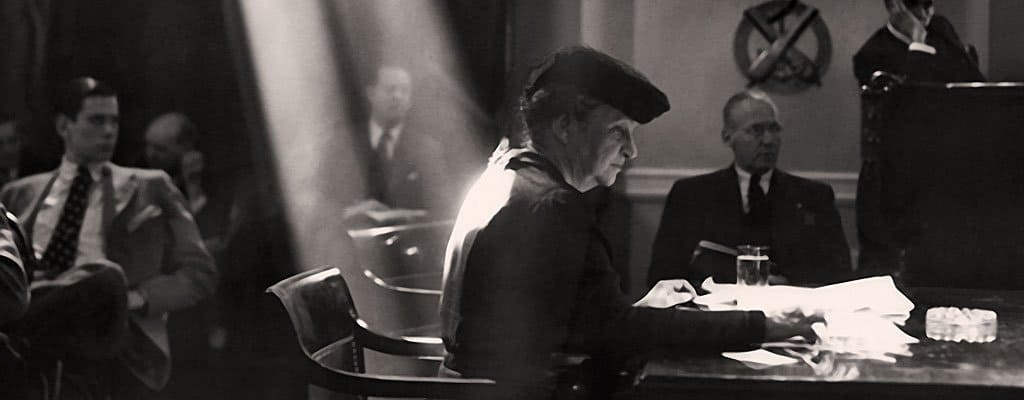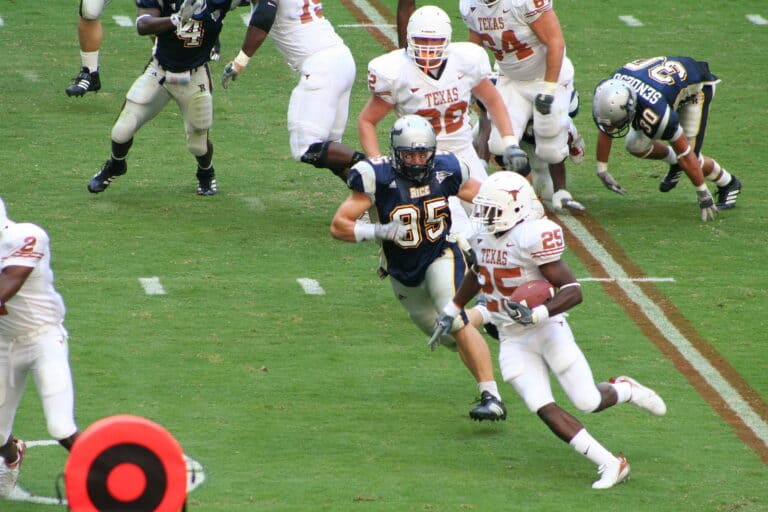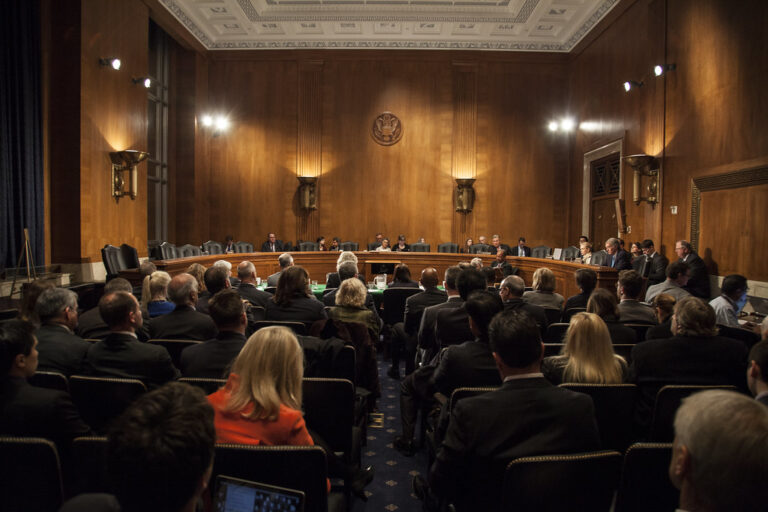
Kate Griffith is the Mckelvey-Grant Professor at the Cornell ILR School.
On April 1, 2019, the U.S. DOL proposed a new interpretation of joint employer liability under the Fair Labor Standards Act (FLSA). DOL’s four-factor test focuses exclusively on whether an entity “actually exercises the power to” hire and fire, supervise and control working conditions, determine rates and methods of payment and maintain employment records. This proposal is in conflict with the language of the Fair Labor Standards Act (the FLSA) and the dominant sentiments expressed during the legislative process that led to the FLSA’s enactment in June of 1938. Frances Perkins, widely recognized as the administrative architect of the FLSA and DOL Secretary from 1933 until 1945, would not be pleased.
Let’s start with the statutory language. The story really should begin and end there. The FLSA defines employer as an entity that acts either “directly or indirectly in the interest of an employer.” How can this broad and flexible language be squared with the proposed rule’s narrower designation of an entity as an employer only if it “actually exercises the power to” do the four qualifying actions? Rules must be consistent with the statutory language. This proposed rule is not. The actual exercise of such things as keeping records, or doing the hiring, is clearly narrower than the FLSA’s reference to indirect acts in the interest of an employer. So, the rule fails on statutory language alone.
A comprehensive study of thousands of pages of legislative history from 1937 and 1938 brings the flaws of the proposed rule into even starker relief. The legislative record illustrates that members of Congress made a concerted effort to draft the law so that business formalities, such as the ways businesses structure themselves, could not be determining factors of the FLSA’s reach. Yet, the proposed rule is attempting to do just that.
The FLSA’s New Deal framers foresaw the challenges of complex business forms, such as subcontracting relationships. They sought to address them with pliable language that would make it more difficult for business formalities, including the use of intermediary entities, to hamper the FLSA’s fundamental goal: to ensure “a fair day’s pay for a fair day’s work.” In other words, if business A influences wages and working conditions through business B, it does not evade coverage just because business B is the sole entity that “actually exercises the power to” do such things as maintain employment records.
One such historical example is legislative consideration and ultimate rejection of numerical limits—a set minimum number of employees in a business—for purposes of FLSA coverage. Congress feared a set minimum of employees for coverage would encourage businesses to splinter off parts of the business to avoid liability. Throughout the FLSA’s legislative path, legislators echoed Secretary Perkins’ multiple admonitions that numerical limits would “encourage the formation of small units of persons employing less than 20 or less than 15 persons.”
In a similar vein, early language in the proposed bill clarified that Congress did not want businesses who should be responsible under the FLSA to avoid coverage thresholds by using “controlled companies,” a “subsidiary,” or “any other means or device” that would distance them from the workers whose wages and working conditions they influenced.
Legislative discussion of industrial homework, and small sweatshop contractors, provides another example of legislative intent to ensure that the use of intermediaries did not provide a loophole in the FLSA’s reach. Legislators were very concerned that businesses who engaged workers off of their premises would be excluded from the FLSA. Robert Jackson, then assistant Attorney General and later Supreme Court justice, successfully implored legislators that “the factory which sends out and makes use of people in their homes are not exempted just because they are using premises they do not pay any rent for.” Simply put, the message of the legislative history is that business formalities, like delegating the actual exercise of hiring and recordkeeping to a separate business entity, were not meant to block the FLSA’s blanket-like coverage.
This legislative history, and the broad “to suffer or permit to work” definition of “employ” that resulted in the final version of the bill, shows a clear intent to deem some indirect relationships between workers and businesses as employment relationships. The proposed rule’s “actually exercises” language erroneously excludes indirect forms of influence over wages and working conditions that can give rise to obligations under the FLSA.
Application to a modern day example illustrates the DOL’s folly. A study of 44 contracts between franchisors and franchisees in the fast-food industry in 2016 revealed a new intermediary theory of joint employment. Namely, some franchisors exhibit considerable influence over franchisees’ managers in areas that relate to the wages and working conditions of front-line workers. Thus, franchisors not only extensively influence the actions of their franchisees, they also influence the franchisees’ supervisorial managers. Is franchisor influence over franchisees’ managers (as intermediaries) similar to the lead company influence over controlled companies and subcontractors that Congress found to be relevant in the late 1930s? The FLSA’s language and legislative history implore courts and the DOL to consider all forms of indirect influence over wages and working conditions in their inquiries. However, the DOL’s proposed rule wrongly limits consideration only to the immediate party that actually executes the acts of wage setting, hiring, record keeping and the like.
The FLSA’s purposes are as important today as they were in the late 1930s. The U.S. Court of Appeals for the Ninth Circuit, sitting en banc, recently encapsulated the FLSA’s underlying goals well:
Congress enacted the [FLSA] in 1938 in response to a national concern that the price of American development was the exploitation of an entire class of low-income workers. President Roosevelt, who pushed for fair labor legislation, famously declared: ‘The test of our progress is not whether we add more to the abundance of those who have much; it is whether we provide enough for those who have too little.’ The FLSA thus safeguards workers from poverty by preventing employers from paying substandard wages in order to compete with one another on the market.
The FLSA’s legislative history shows broad awareness that the use of business intermediaries, or other business formalities, can frustrate this laudable purpose. The DOL’s proposed rule promotes the very frustration that the FLSA’s language and its framers sought to prevent. Regardless of formalities, all businesses who allow work to be done on their behalves and who are in a position to prevent wage and hour abuses have an obligation to do so.






Daily News & Commentary
Start your day with our roundup of the latest labor developments. See all
November 21
The “Big Three” record labels make a deal with an AI music streaming startup; 30 stores join the now week-old Starbucks Workers United strike; and the Mine Safety and Health Administration draws scrutiny over a recent worker death.
November 20
Law professors file brief in Slaughter; New York appeals court hears arguments about blog post firing; Senate committee delays consideration of NLRB nominee.
November 19
A federal judge blocks the Trump administration’s efforts to cancel the collective bargaining rights of workers at the U.S. Agency for Global Media; Representative Jared Golden secures 218 signatures for a bill that would repeal a Trump administration executive order stripping federal workers of their collective bargaining rights; and Dallas residents sue the City of Dallas in hopes of declaring hundreds of ordinances that ban bias against LGBTQ+ individuals void.
November 18
A federal judge pressed DOJ lawyers to define “illegal” DEI programs; Peco Foods prevails in ERISA challenge over 401(k) forfeitures; D.C. court restores collective bargaining rights for Voice of America workers; Rep. Jared Golden secures House vote on restoring federal workers' union rights.
November 17
Justices receive petition to resolve FLSA circuit split, vaccine religious discrimination plaintiffs lose ground, and NJ sues Amazon over misclassification.
November 16
Boeing workers in St. Louis end a 102-day strike, unionized Starbucks baristas launch a new strike, and Illinois seeks to expand protections for immigrant workers